In the heart of the Indian Ocean, where time takes on a different rhythm and nature wear its most surreal attire, you’ll find Socotra, an alien-looking place on Earth, nestled in the Socotra Archipelago of Yemen. This is the “SOCOTRA CLASSIC: Camping-Based Tour,” an eight-day odyssey that grants you seven nights to immerse yourself in the outstanding universal beauty of Socotra, often referred to as the “Pearl of the Indian.”
A World Beyond Imagination
Socotra is more than a destination; it’s a dreamscape where the line between reality and fantasy blurs. The moment you set foot on this remote island, you’ll sense that you’ve entered a realm unlike any other. The landscapes are a testament to the bizarre, where rocks twist and morph, and flora and fauna defy earthly logic.
The Alien Landscape
Embarking on the eight-day SOCOTRA CLASSIC: Camping-Based Tour, you’ll swiftly realize that you’ve arrived at the most alien-looking place on Earth. Socotra’s terrain is a canvas painted by the hand of an imaginative artist. Among the most striking features are the Dragon Blood Trees, their otherworldly umbrella-like canopies casting an eerie but captivating shadow over the land. These ancient trees, exclusive to Socotra, seem like sentinels from another world.
Socotra: The Most Alien
Socotra wears the crown as the most alien place on our planet, a theater where nature has staged its most unusual performance. Here, the flora and fauna have evolved in splendid isolation, giving rise to species found nowhere else on Earth. Among them is the Socotra Desert Rose, a botanical masterpiece with a bottle-shaped trunk, as if sculpted by a celestial artist.
Days in Socotra: Unveiling Wonders
Over the span of eight days and seven nights, you’ll have the privilege of peeling back the layers of Socotra’s enchantment. Each day will unveil new wonders, fresh vistas, and moments that defy the ordinary. Time on this island takes a leisurely pace, allowing you to savor Socotra’s magic one heartbeat at a time.
Dragon Blood Trees: Guardians of Time
The Dragon Blood Trees, ancient and mystical, will be your companions on this journey. You’ll wander through groves of these enigmatic beings, their twisted forms casting eerie yet enchanting shadows. Standing beneath their shade, you’ll feel a connection to a world untouched by the hands of time, where the stories of ages past linger in the whispers of their leaves.
Tourism in Socotra: A Balancing Act
The allure of Socotra hasn’t escaped the world’s notice, and tourism in Socotra is steadily gaining momentum. However, given the island’s delicate ecosystem, striking a balance is imperative. Responsible tourism is the guiding principle, ensuring that Socotra’s wonders remain intact for generations to come.
SOCOTRA CLASSIC: Camping-Based Tour
In summary, the SOCOTRA CLASSIC: Camping-Based Tour offers you a gateway to Socotra’s outstanding universal beauty. With eight days and seven nights at your disposal, you’ll have the rare privilege of immersing yourself in the enchantment of this remote paradise.
As you traverse Socotra, remember that you are a guest in a realm where nature’s artistry knows no boundaries. You’ll walk among the Dragon Blood Trees, gaze upon landscapes that challenge your understanding of Earth’s diversity, and bear witness to the wonders of this most alien-looking place on Earth.
Socotra is more than a destination; it’s an odyssey, an exploration of the extraordinary, and an encounter with the awe-inspiring forces of our natural world. The SOCOTRA CLASSIC: Camping-Based Tour beckons you to become a part of this narrative, to inscribe your own verses in the poetry of Socotra, and to leave with a piece of this alien paradise etched in your heart.
In Socotra, each sunrise paints a new masterpiece, each sunset serenades you with tranquility, and each moment whispers secrets known only to the island. As you journey through this ethereal realm, remember that you’re not just visiting Socotra; you’re embarking on an intimate dance with its timeless spirit, becoming a part of its tapestry of wonder, and leaving your mark amid its enigmatic beauty.
Trip Facts
-
8Ds/7Ns
-
Abu Dhabi (UAE)
-
Socotra Island
-
Socotra Island to Abu Dhabi (UAE)
-
4x4 Vehicle (3 pax in each vehicle), Boat
-
F/B
-
7 nights camping in tent
-
English
-
During autumn season (September to November) and spring season (March to May)
-
3 - 16
Itinerary
On arrival at Socotra airport after meeting your guide, and loading all the luggage on the cars, we will transfer directly to Dicksam plateau and Shebahon viewpoint. This area is renowned for the native Dragon Blood trees (Dracaena Cinnabara), the resin of which is collected, used, and traded by the people of Socotra. Many varied panoramic colors can be seen in this area. The area is also home to the endemic and rare Socotra bunting (estimated at 1,000 pairs). The Shebahon viewpoint gives a fabulous vista to a forest of dragon’s blood tree and overlooking to Dearhur canyon where we will see unusual yet beautiful rock formations. We will then make our way down to the Wadi in the canyon for lunch and an easy-going walk and maybe also to swim in the freshwater pools in the Wadi. We continue our way south to the Indian Ocean. Our destination is Aomak beach where we can swim in the clear water of the Indian Ocean. Dinner and overnight are camping at Aomak beach
After witnessing the sunrise and having an early breakfast we will drive to the north east of the island. But first we will have a short visit to Dogub cave, which overlooks a scattering of traditional villages below. The cave itself is of interest as there are many stalactites, stalagmites and miniature pools of water that have seeped through the rock over time. We will then witness the colossal sand dunes of Hayf and Zahek villages which have been pushed up against the mountainside by the seasonal winds of Socotra. If you are feeling especially fit, you can climb the dunes for a view that is truly worth the effort. We carry on our way passing trough Difarhu canyon where we can see traditional villages and natural water pools at the bottom of the canyon. The unusual Desert Rose tree clings to many places on the canyon walls. The vegetation here is lush green and there are many birds. Then we will make our way to Homhil protected area. We will be hosted in the campsite dinner and overnight are camping at Homhil campsite.
At Homhil, we can walk a selection of trails, on one of which takes us to a viewpoint where there is a natural swimming pool and a view of villages below on the plain and of the sea. Homhil is home to many Dragons Blood trees, the resin of which is collected, used and traded by the people of Socotra. Frankincense trees are also prevalent here and deserve a close look. We visit Qalishen sweimming pool and back to Homhil. Then We hike down to the northeast coast of the island to Wadi Shifa (medium –three hours walking) where the cars can meet us, then driving to Arher area, which is a meeting point of fresh water from the mountain and salt water from the ocean. Arher is also home to another magnificent sand dune. Dinner and overnight are in Arher beach.
Today we enjoy the whole day swimming, hiking up the sand dunes and exploration of this location. At the eastern tip of the island (Ras Irsal) a splendid and enormous beach lays and waves poppling the rocks. It’s time for swimming and snorkeling whilst sunbathing gives delectation. Dinner and overnight are again in Arher beach.
Today the adventure set to make our tour to visit Hoq cave. Hoq cave is the biggest cave on the island (3 kilometers long). We hike up for two hours with some scrubby paths but aren’t steep ascent, till we reach the gate of the cave and then we will trail a smooth alley for two hours in and back. Stalactites, stalagmites, and magnificent columns are widespread all along. After hiking down for one hour and half, we will drive to the marine protected area. Dihamri is a coral reef spot, the scenery doesn’t look attractive from the first sight but, when you take the first look under water you will be astonished when you observe the variation of fishes and coral reefs. The many marine creatures to be seen whilst swimming /snorkeling include; parrotfish, Moray eel, Rays, Sea urchins, etc. We would like to remind people not to touch the corals in the marine protected area as this would cause irreversible damage. Today we are again hosted, but this time in the Dihamri campsite.
In the morning we’ll make our tour to the west aiming Qalansyia to look around this charming and picturesque fishing town with its traditional houses and narrow alleyways. We then go to the protected area in Detwah lagoon, which is renowned for its spectacular landscape. Sting rays can be seen in the lagoon, so take care when you are swimming. There is also a large array of sea birds to inspect at this location. At the end of the day we could walk to the village and see a typical fishing market at the same time as witnessing the sundown sinking in the sea. Dinner and overnight are at Detwah lagoon.
An adventure geared up again, in the dawn we will take a local fishing boat into the sea. Our excursion will incorporate witnessing many dolphins leaping around the boat and squadrons of Socotra Cormenons, sea Gulls, and Grey Herons birds will be seen flying or resting on the precipices. We’ll carryon all the way through a magnificent rock faces and clear sea until we arrive to Shuab beach. After we enjoy swimming in the clear sea we drive the boat back to Qalansyia. Dinner and overnnight camping in Detwah lagoon.
After an early breakfast, we will transfer to Socotra airport for check in and to visit the visitor information centre where you could buy books and postcards of the island, before the short flight to back to the mainland.

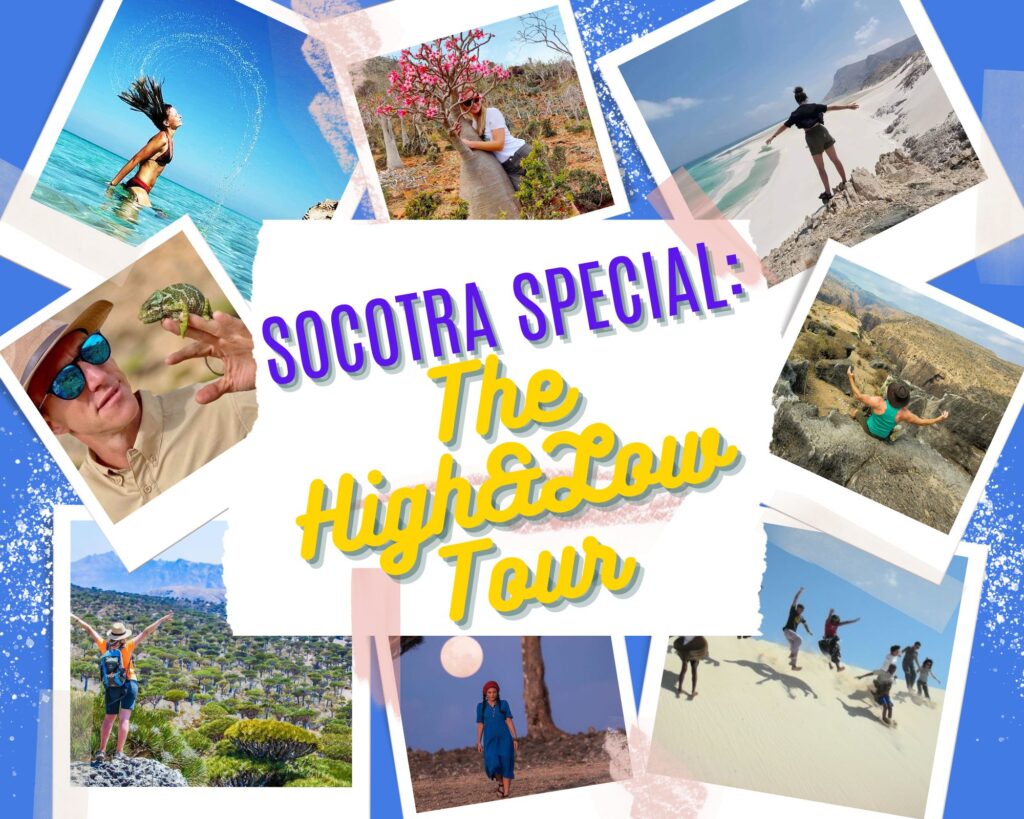
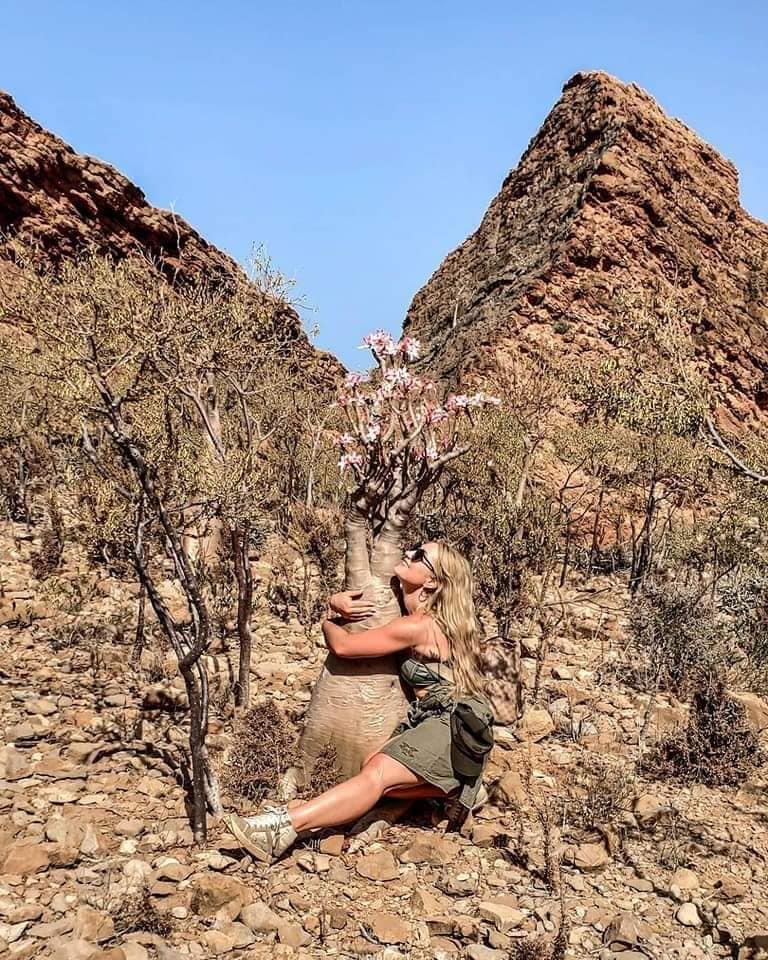
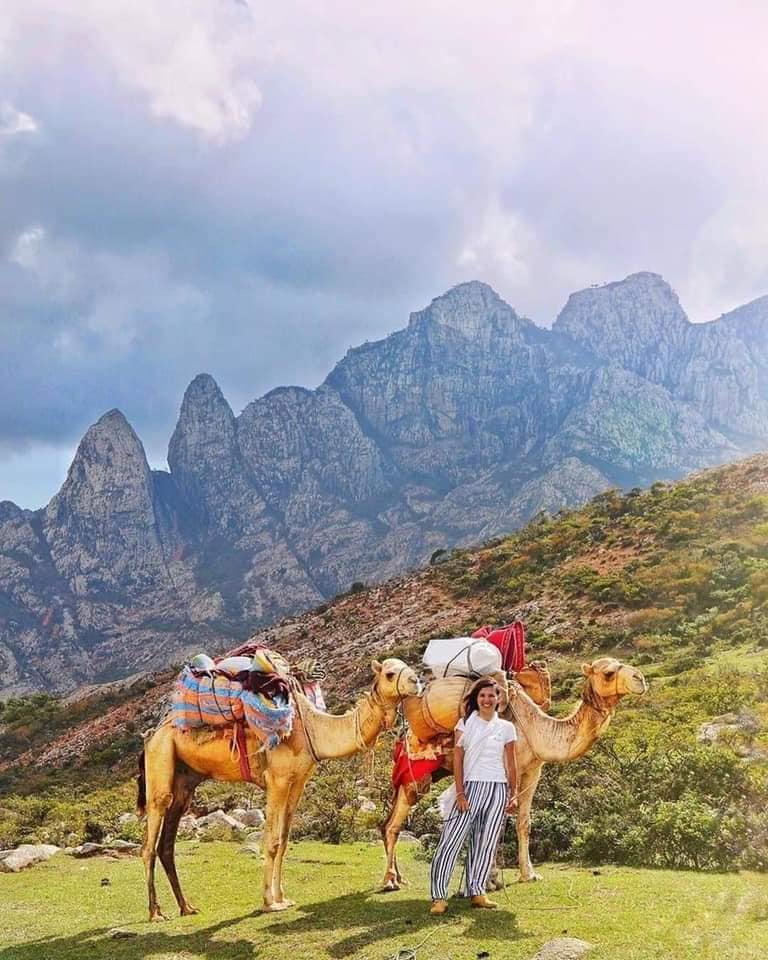
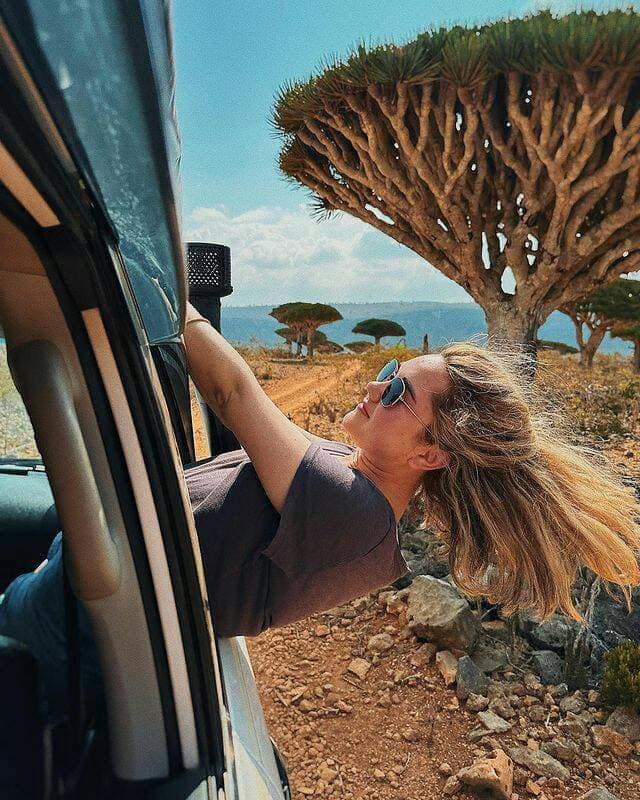
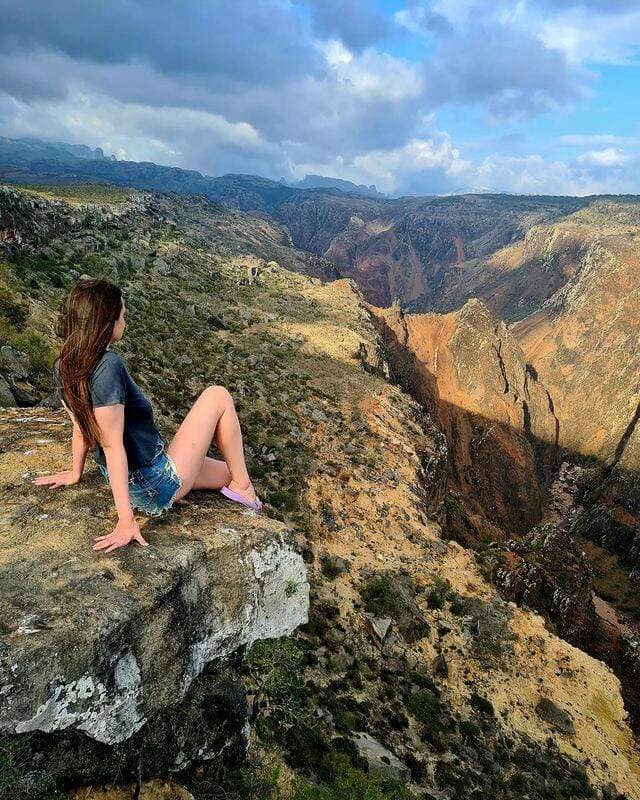
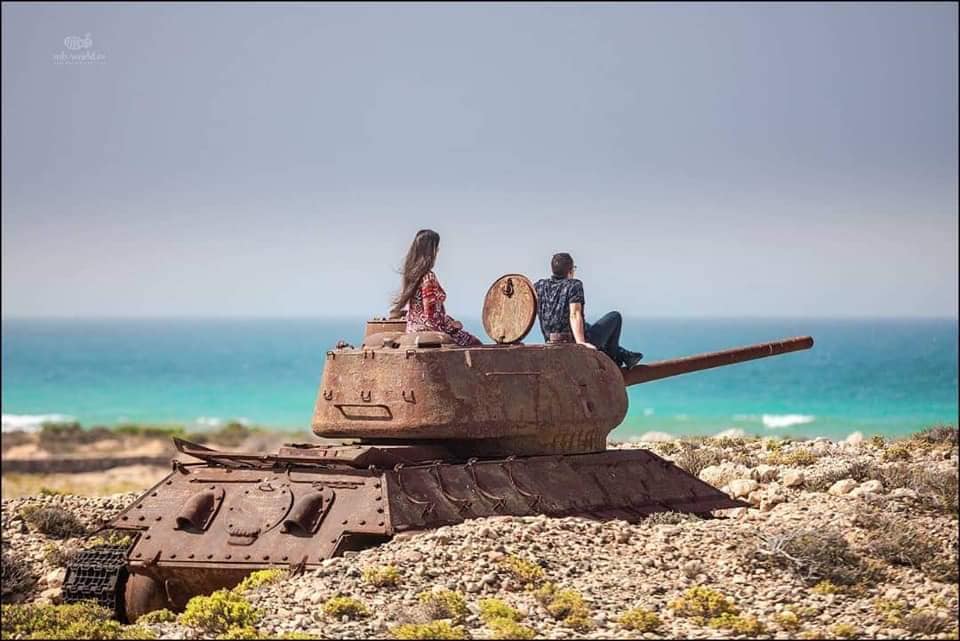
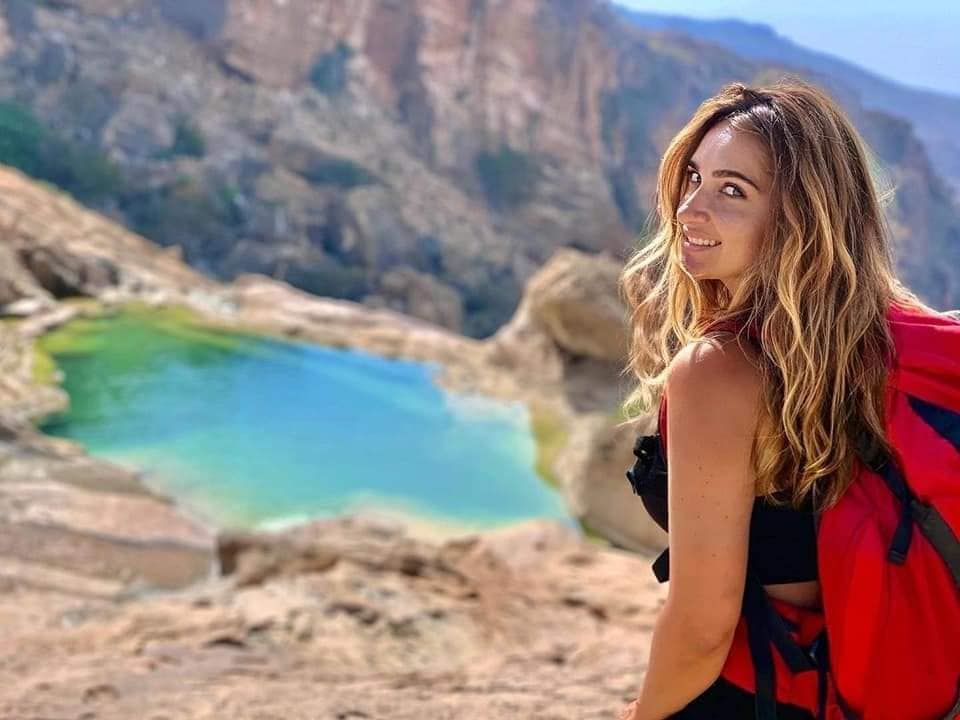
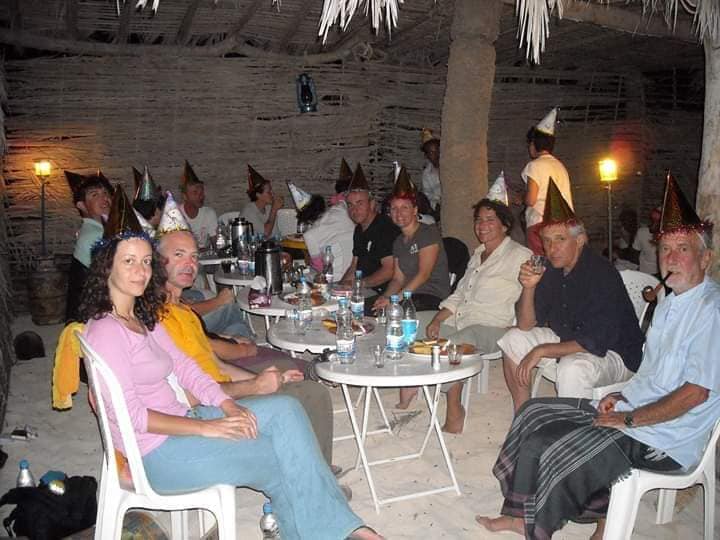
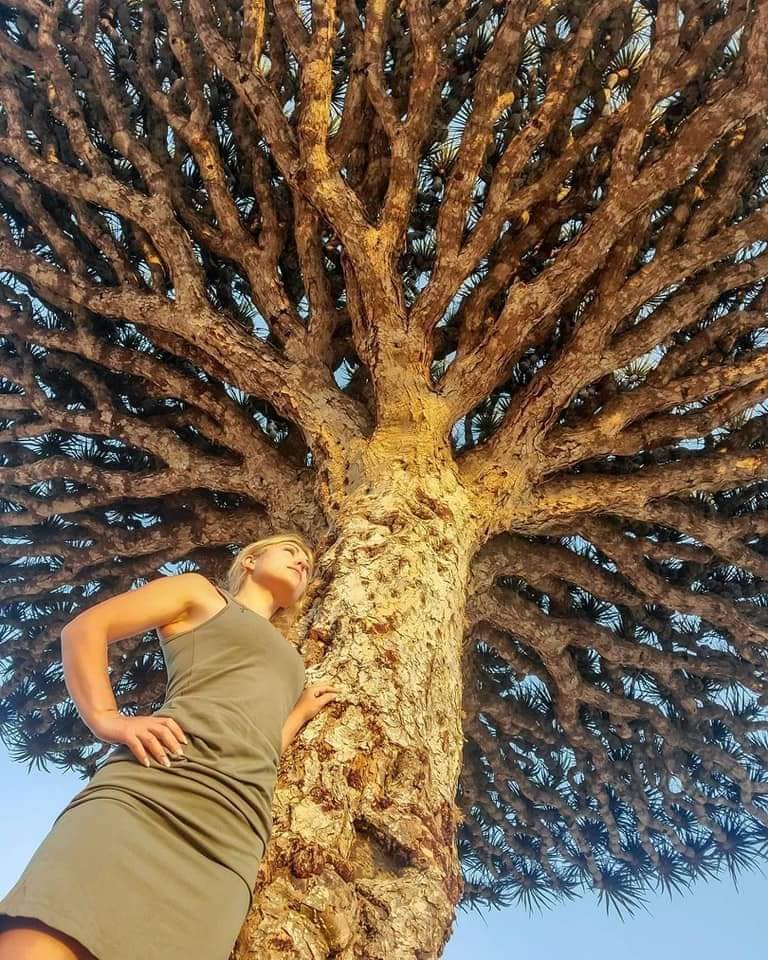
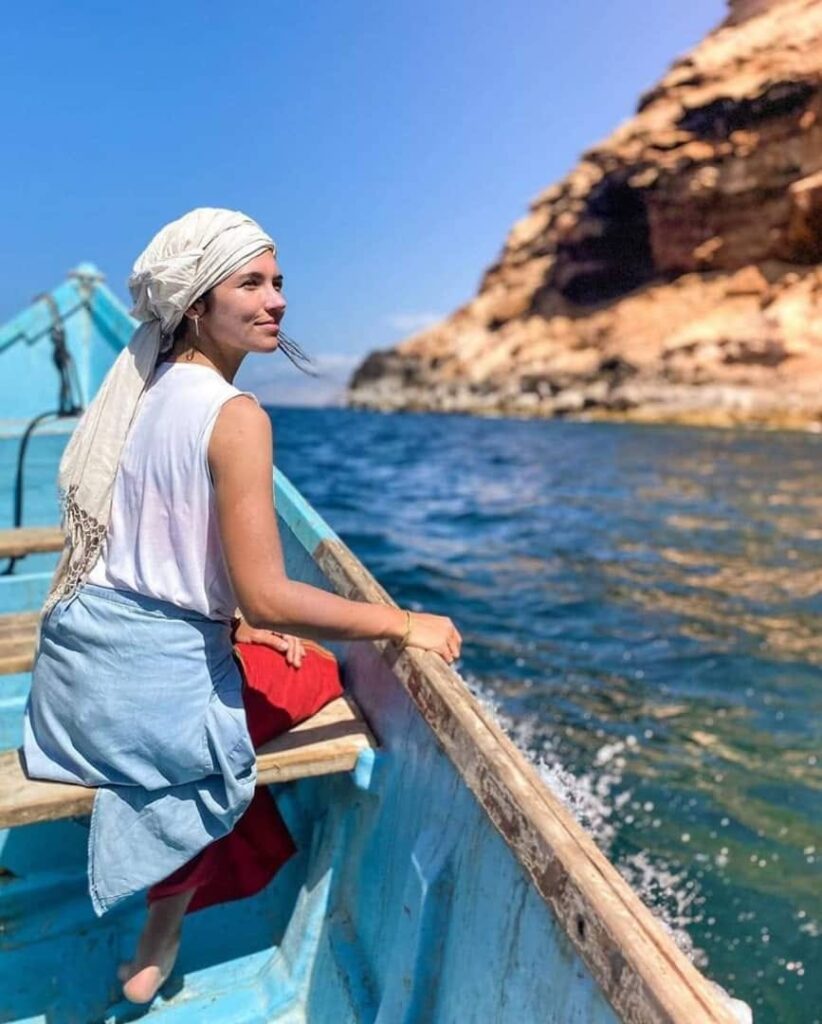
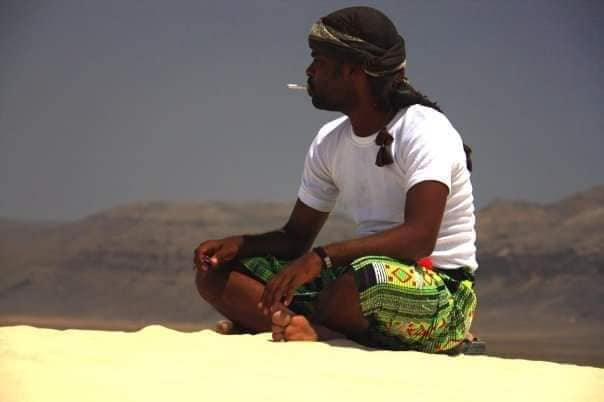
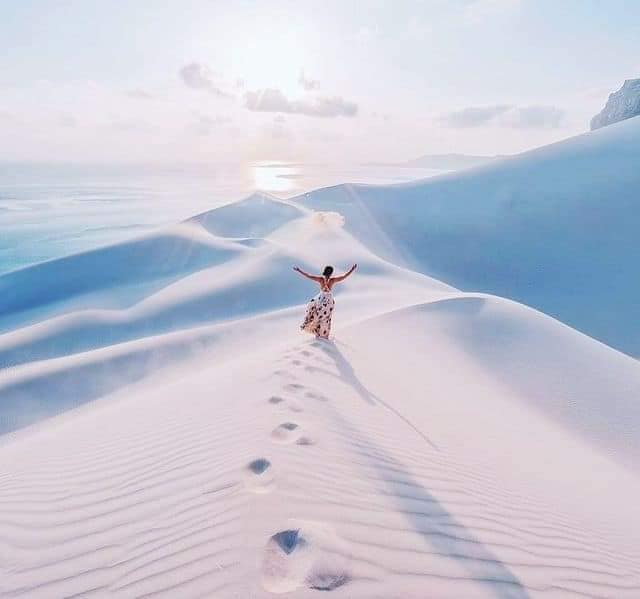
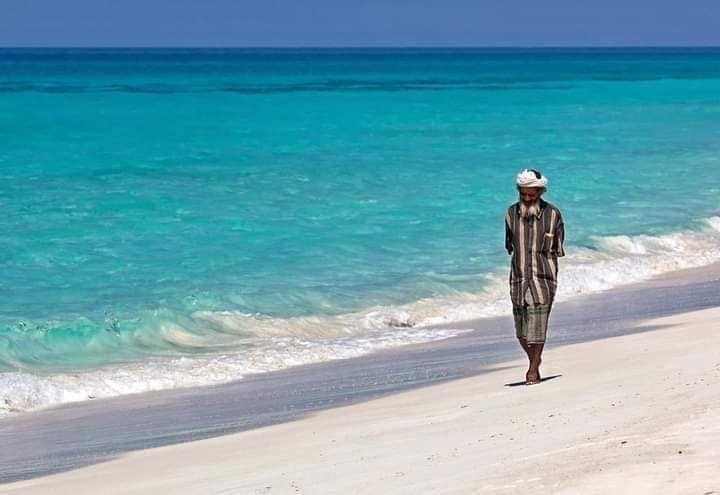
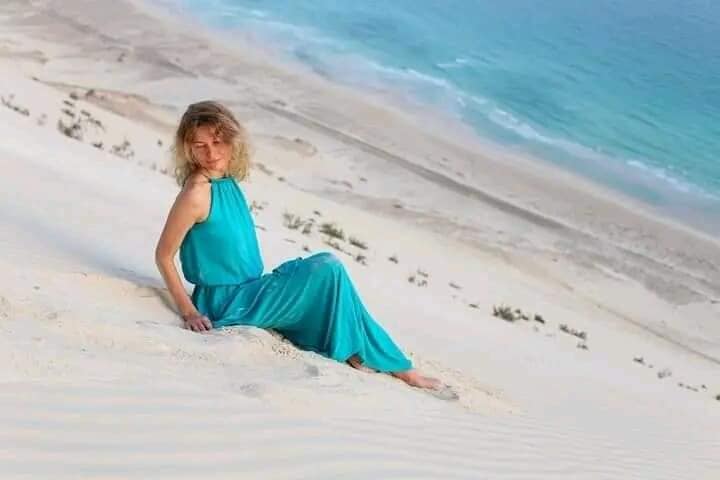
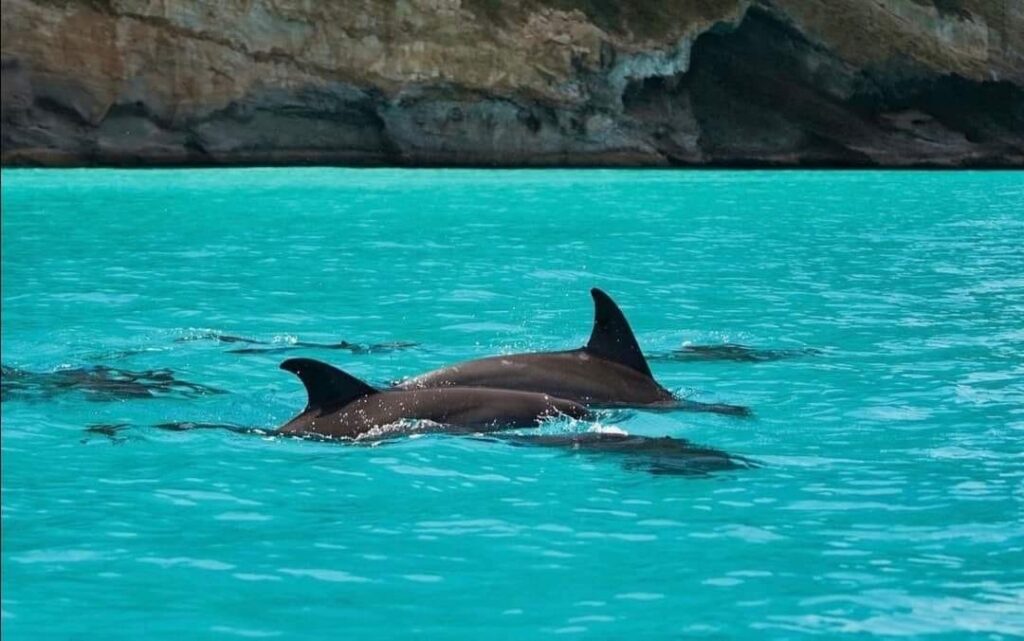
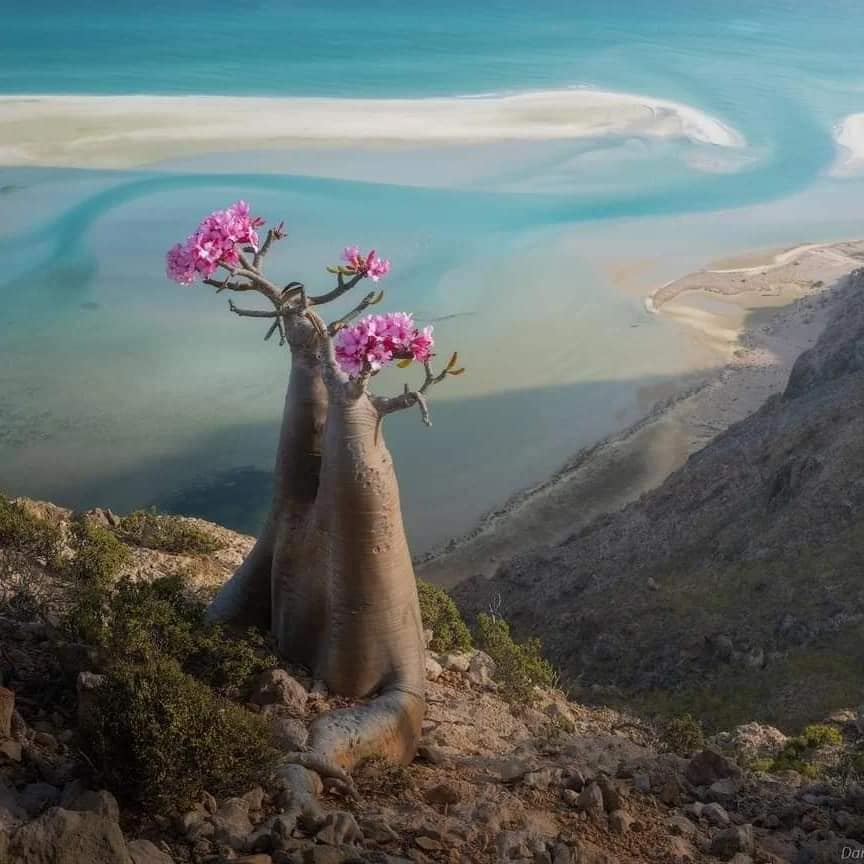
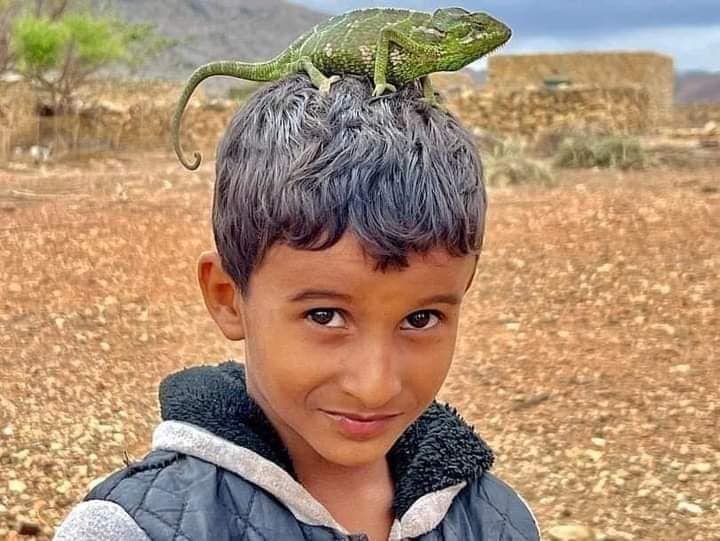
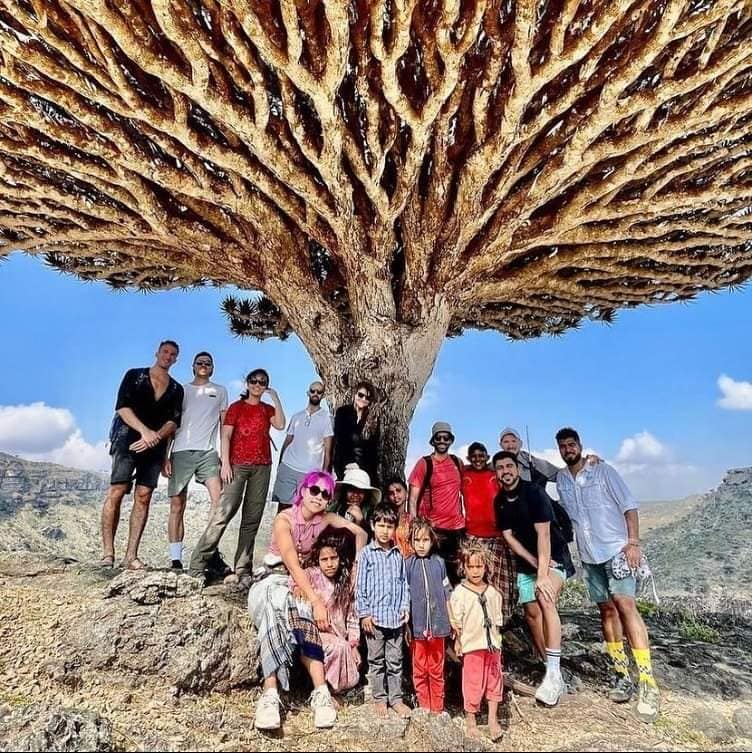
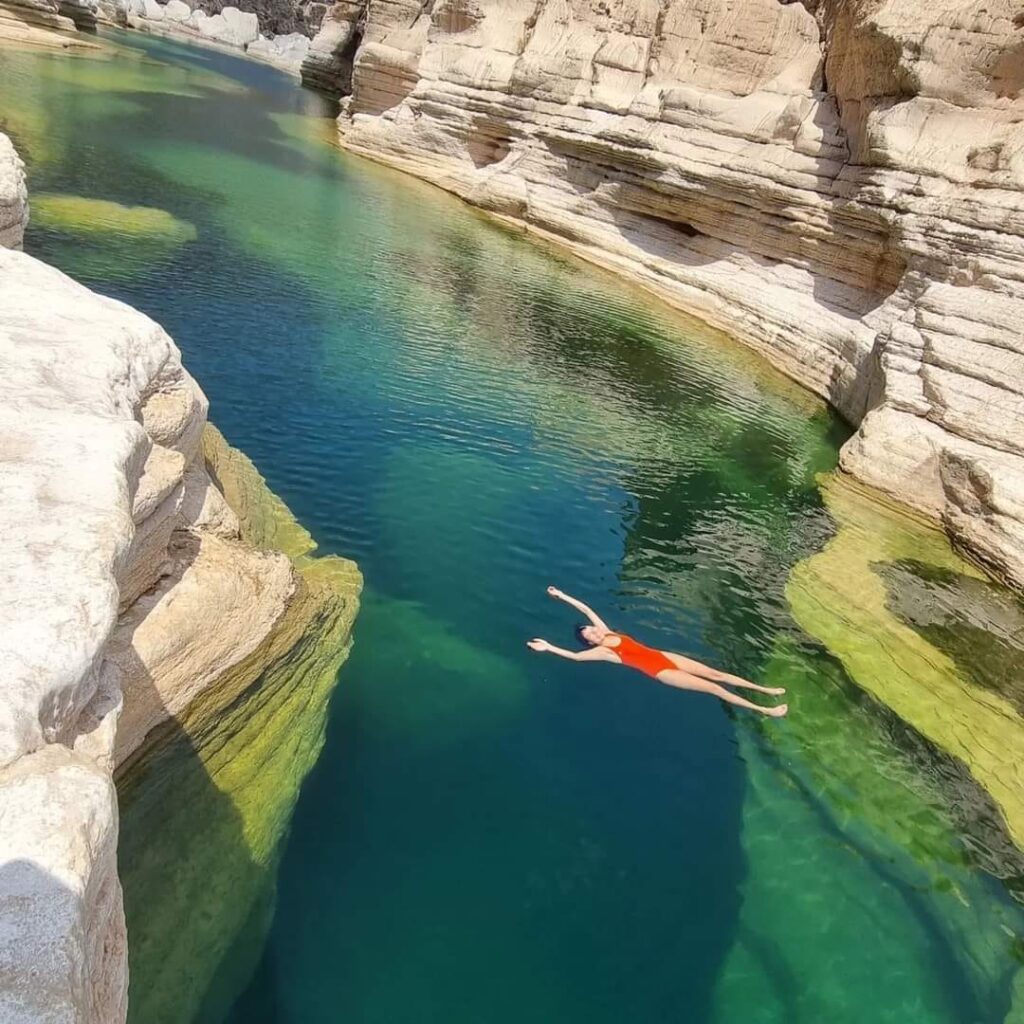
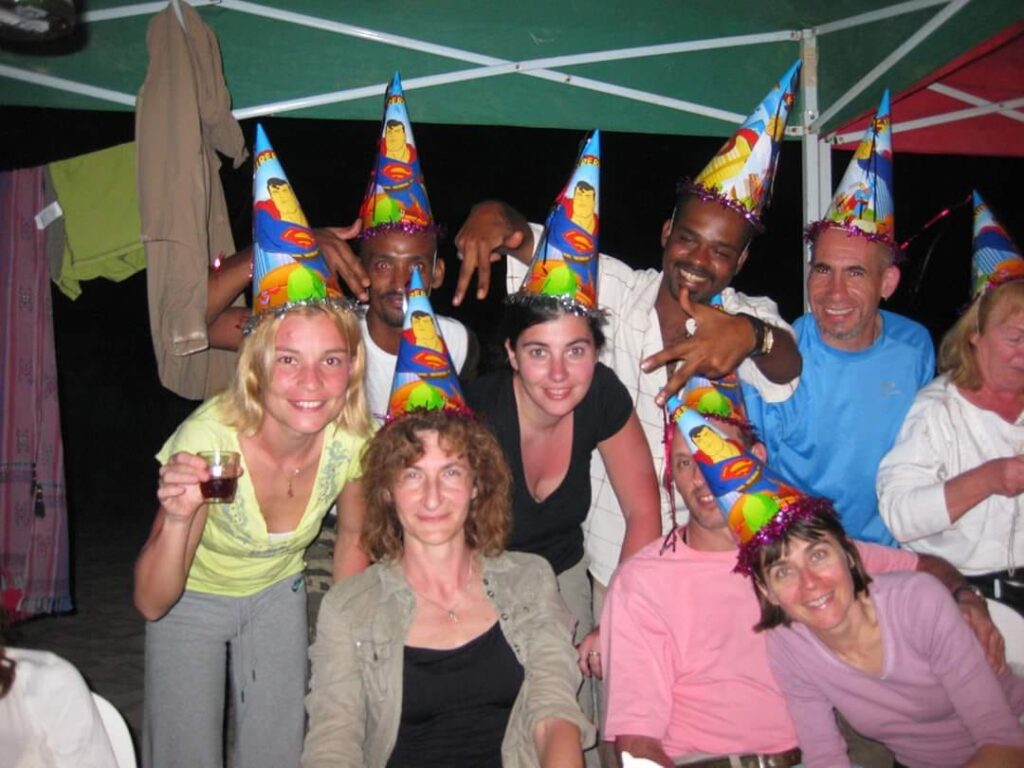
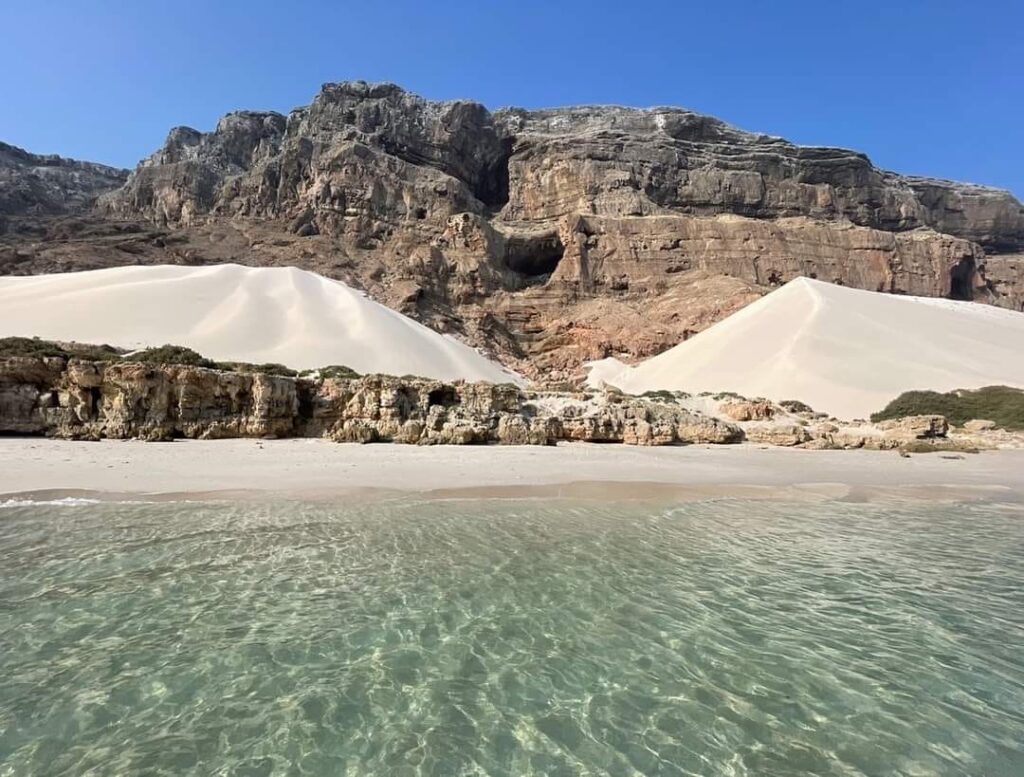
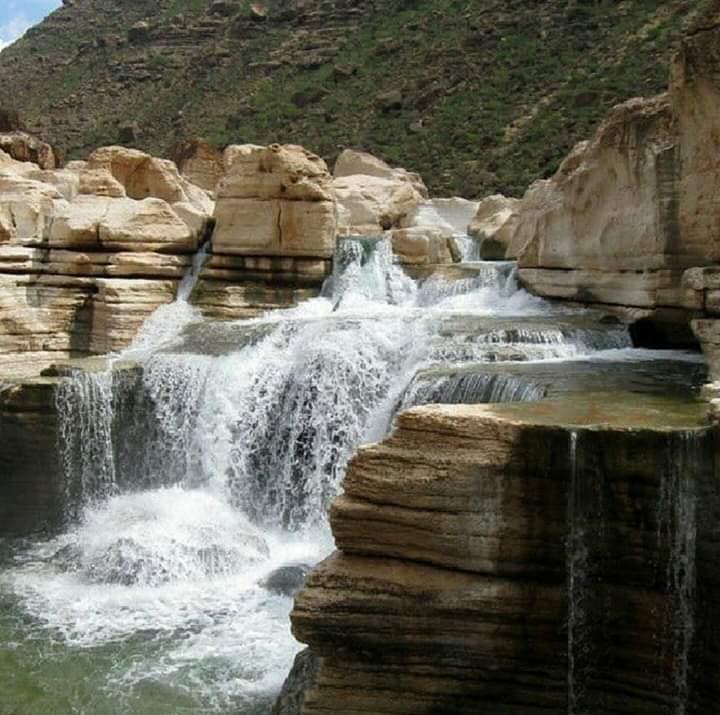
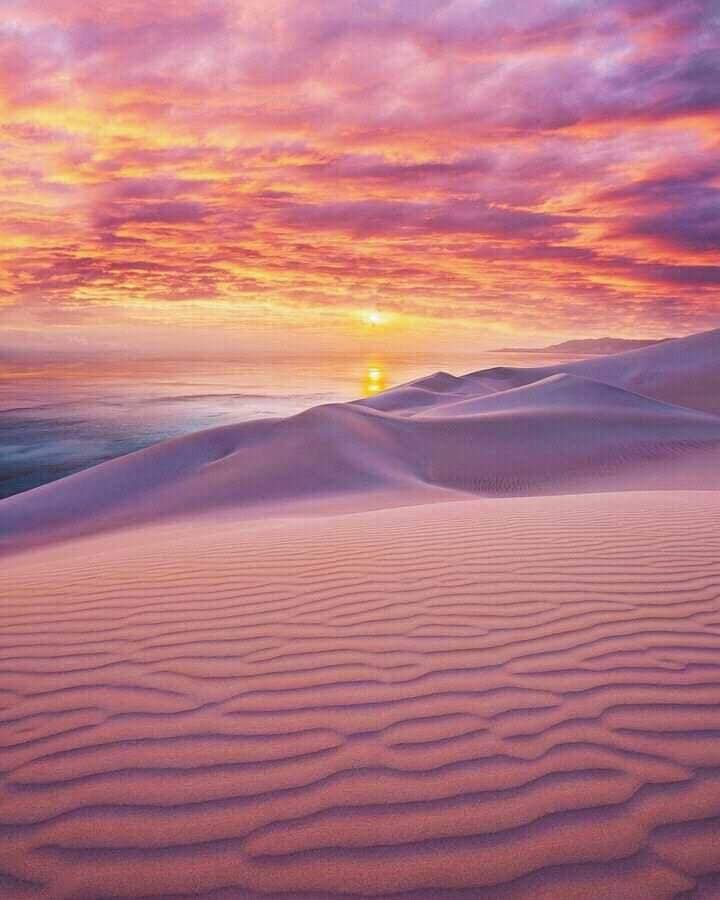
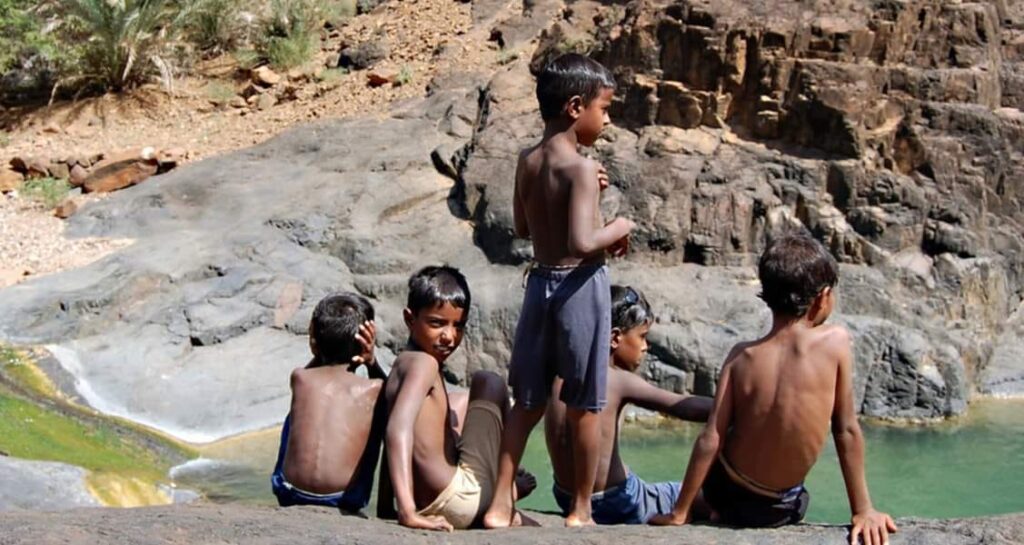
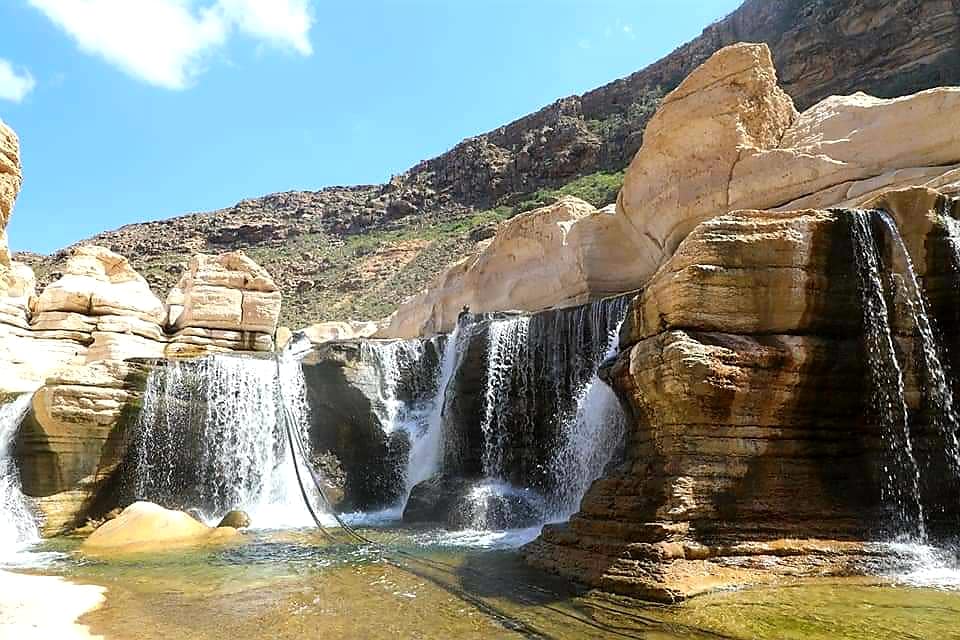
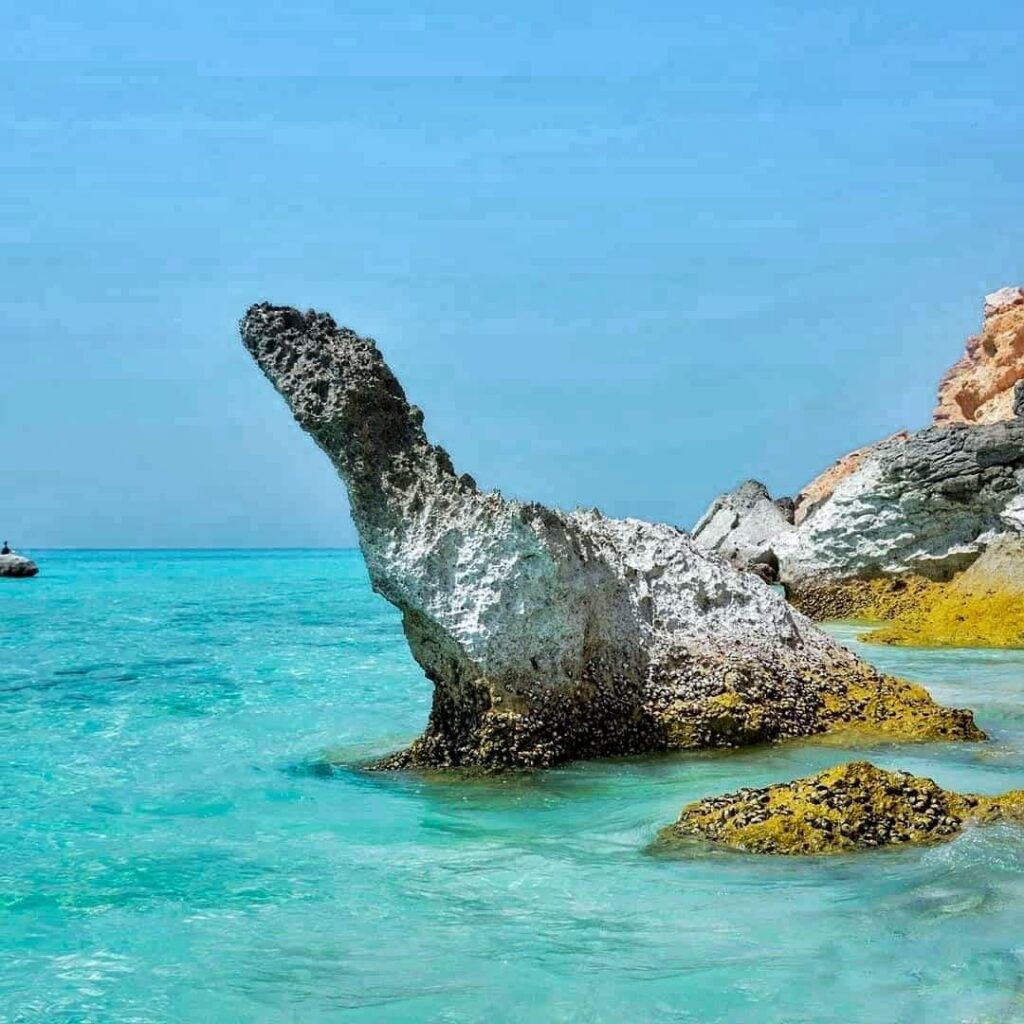
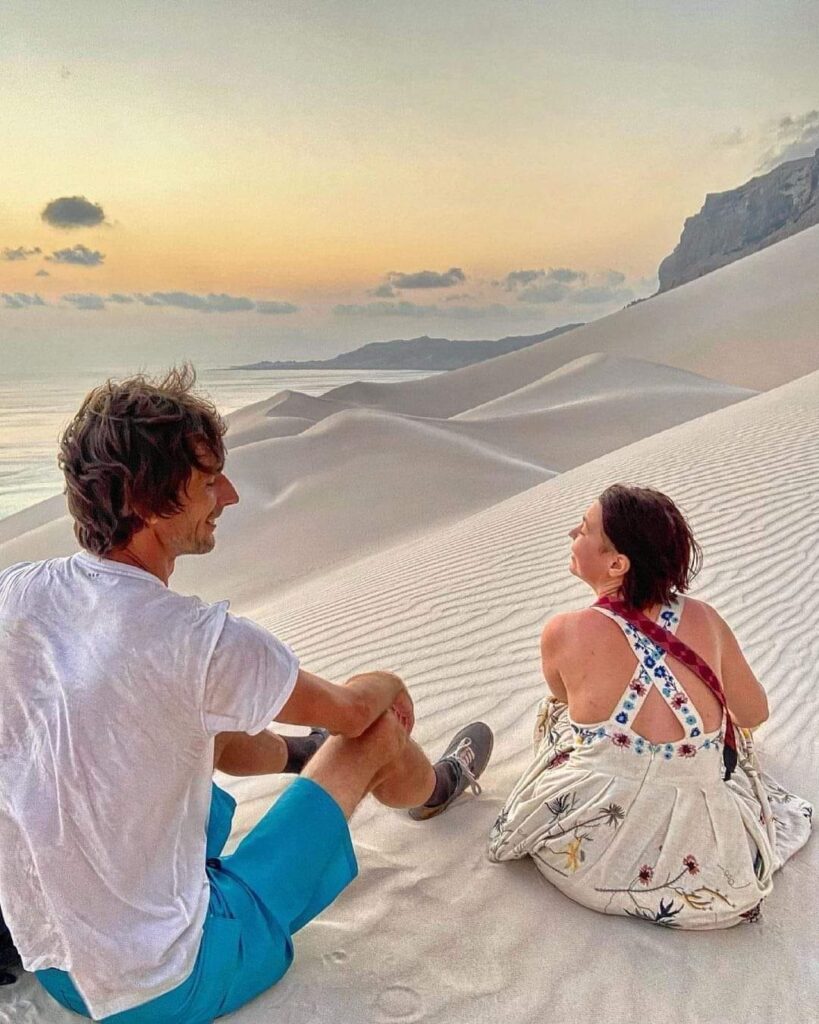
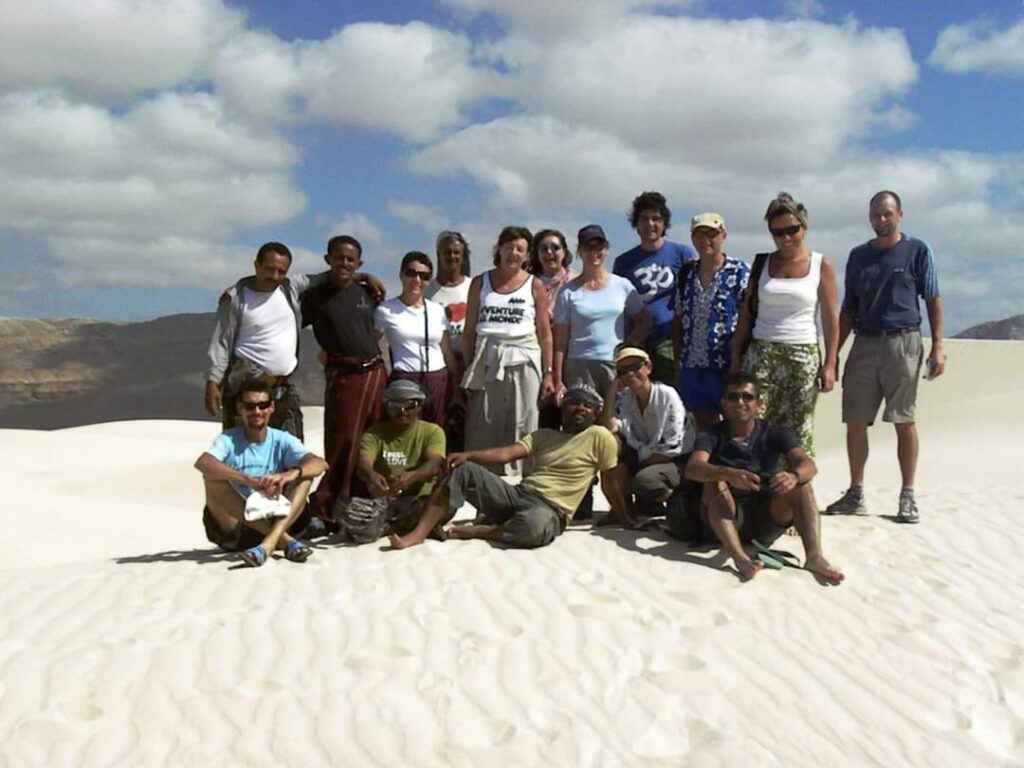
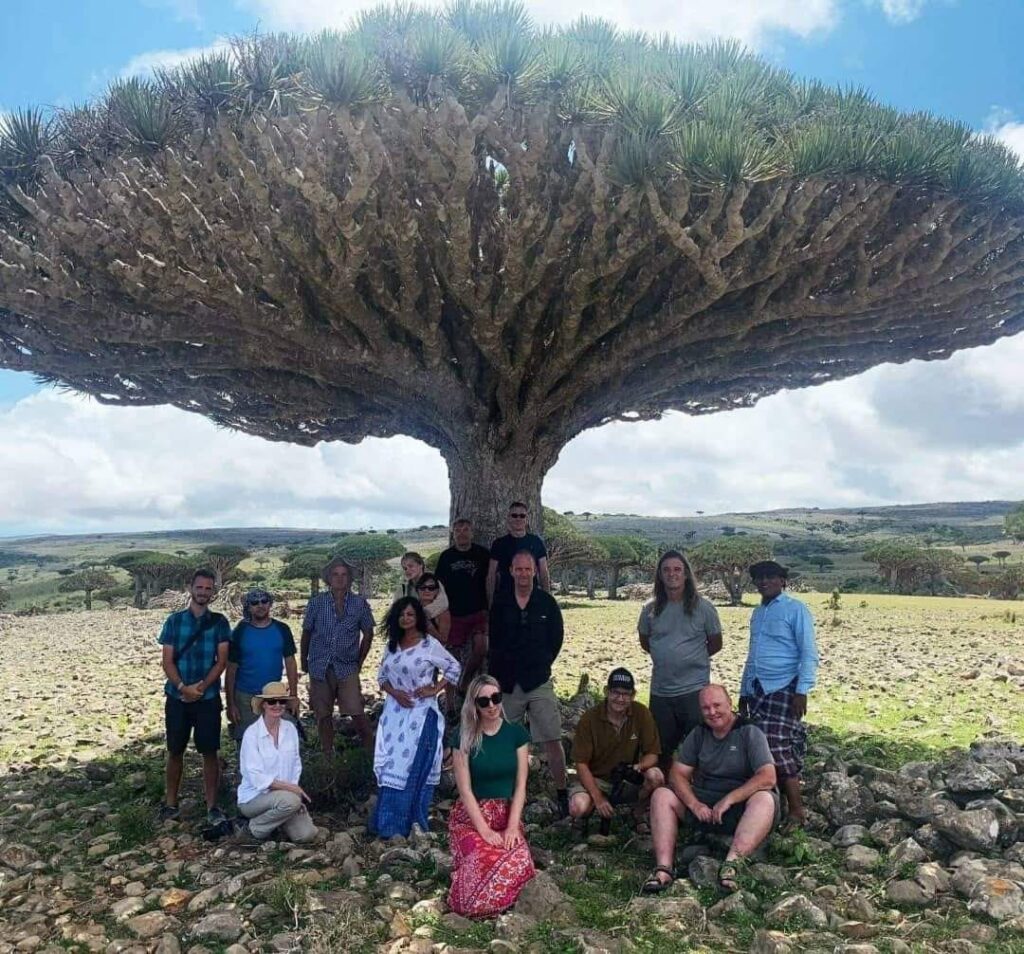


Write a Review